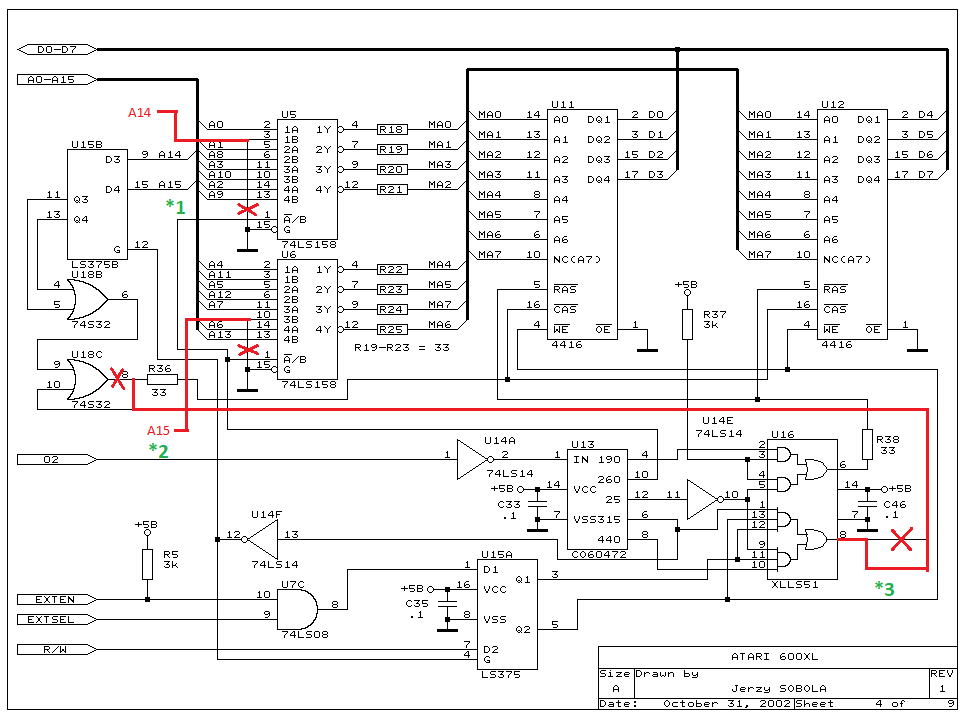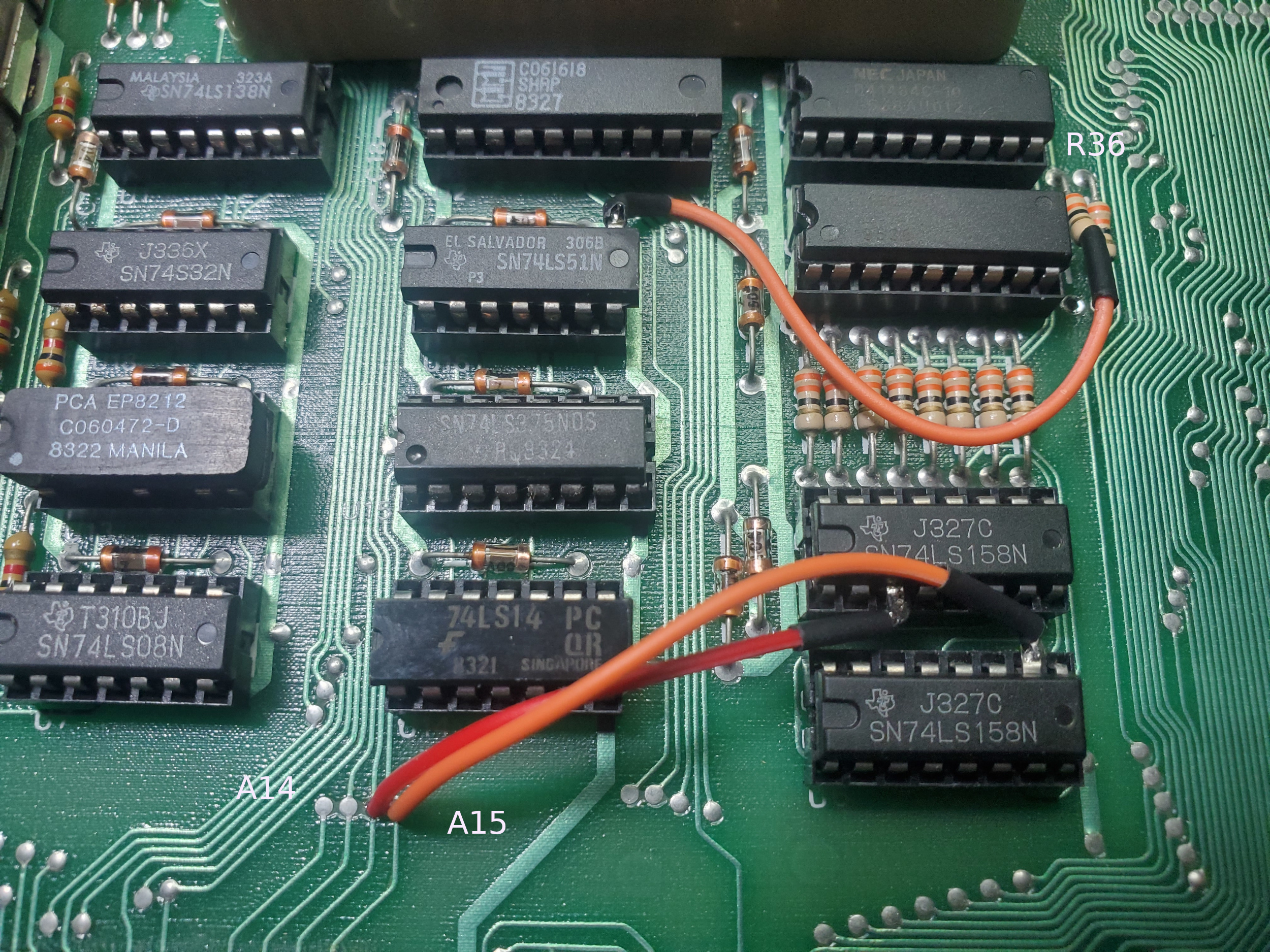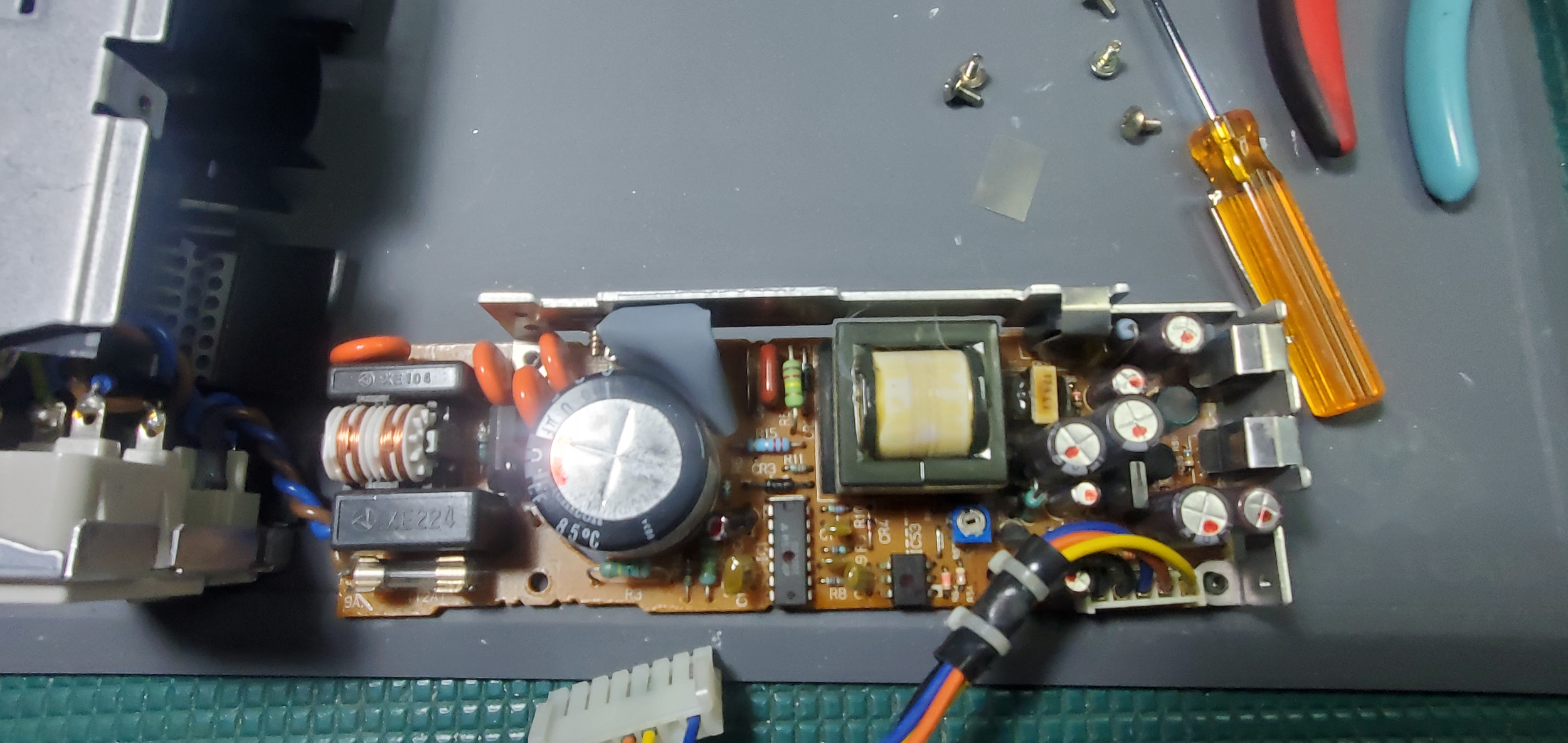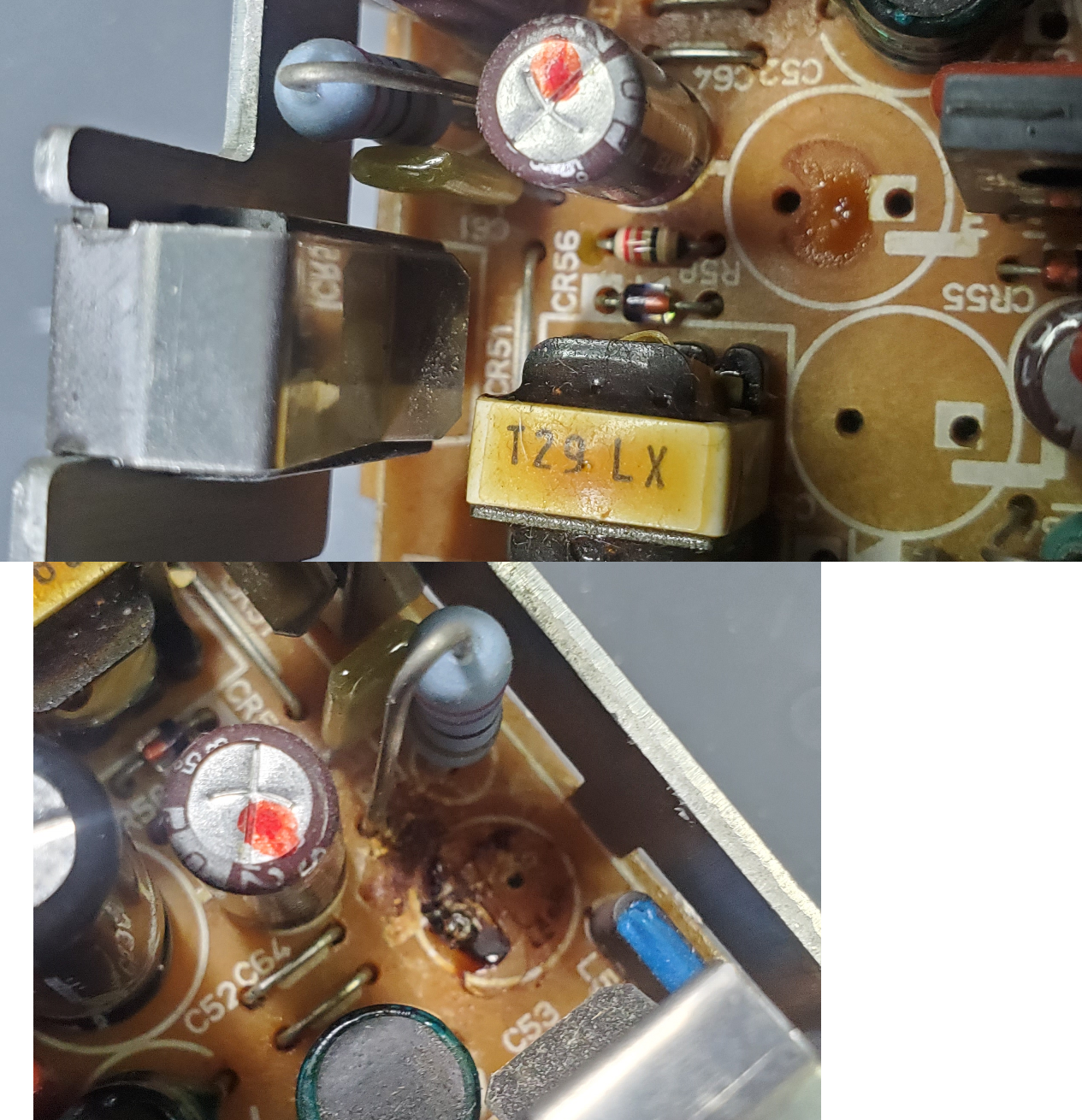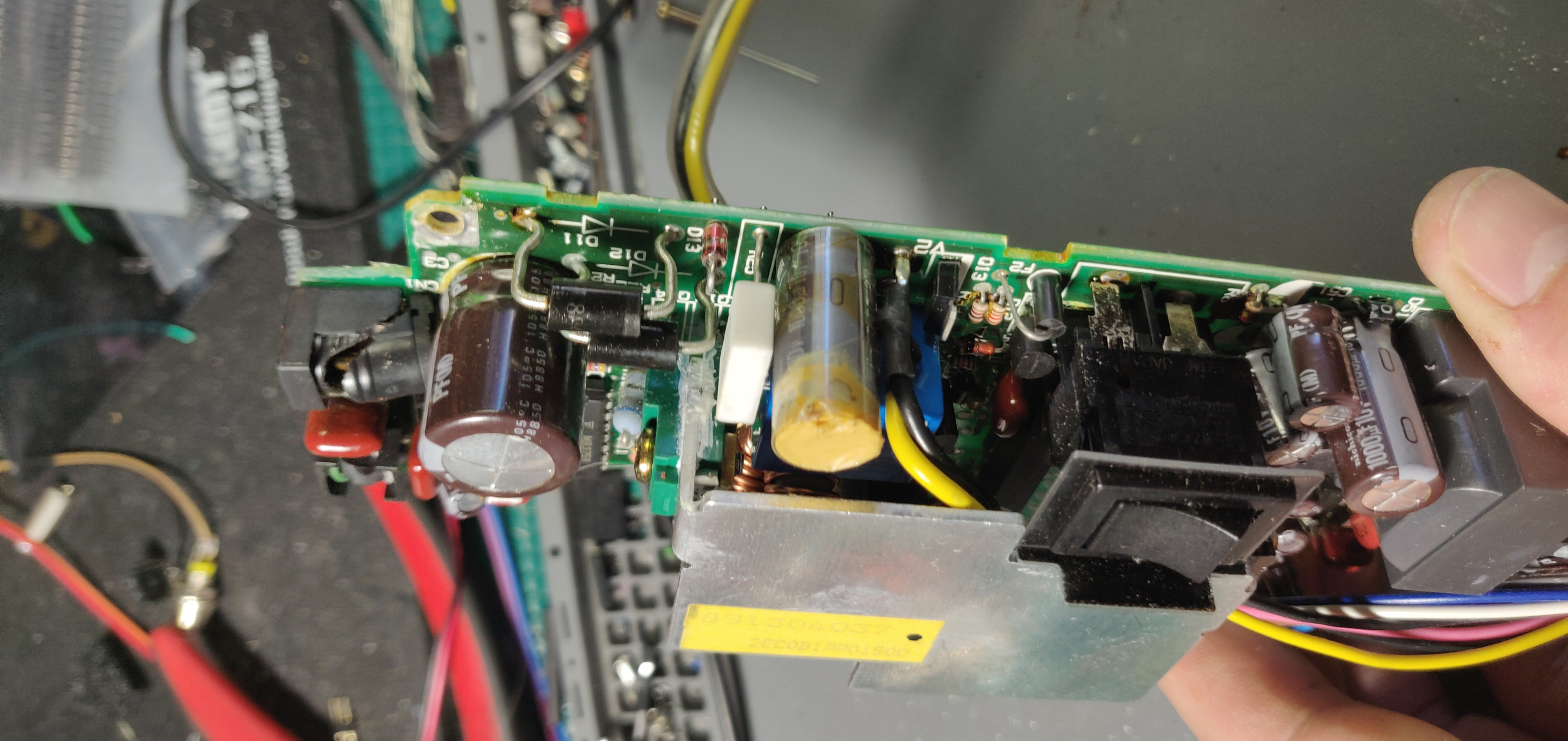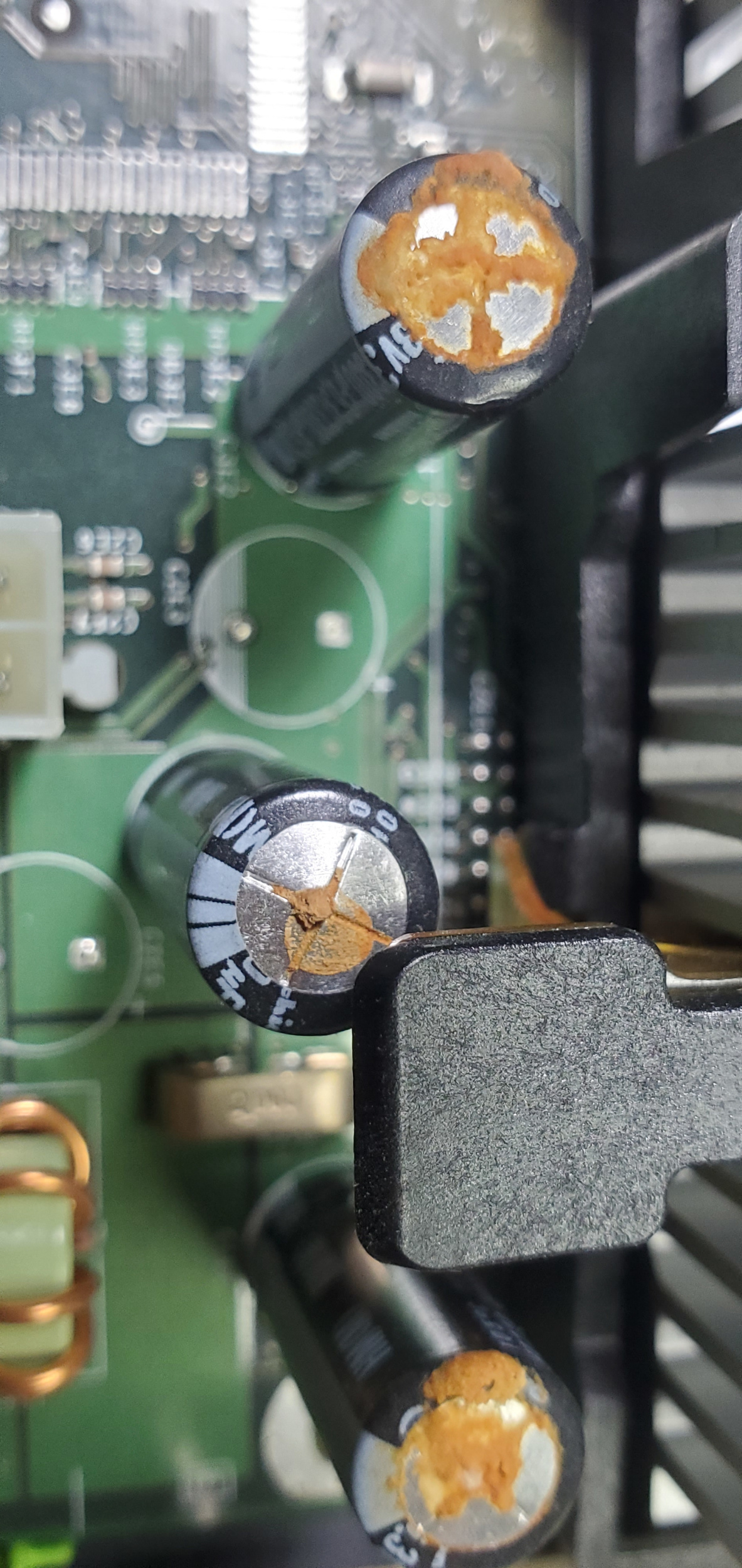1
Apple II, II+, IIe, IIc / Frankiln CX "Luggable" Apple II compatible software images
« on: July 19, 2023, 08:13:49 PM »
I'll be posting more about this computer, but I recently acquired the very same computer that was shown here at this site:
https://warker.com/2008/04/23/franklin-cx-computer/
I know it's the same one because I received the actual disks pictured with the hand written labels shown.
I've found there's nothing posted about the boot software and the CP/M disks for this computer, but I managed to recover fully-booting copies of both disks that came with this computer.
As I continue to restore this computer, I will post more detailed pictures and any notes of interest.
Pictures found in the gallery:
https://retroactivity.net/index.php?action=gallery;cat=10
https://warker.com/2008/04/23/franklin-cx-computer/
I know it's the same one because I received the actual disks pictured with the hand written labels shown.
I've found there's nothing posted about the boot software and the CP/M disks for this computer, but I managed to recover fully-booting copies of both disks that came with this computer.
As I continue to restore this computer, I will post more detailed pictures and any notes of interest.
Pictures found in the gallery:
https://retroactivity.net/index.php?action=gallery;cat=10



